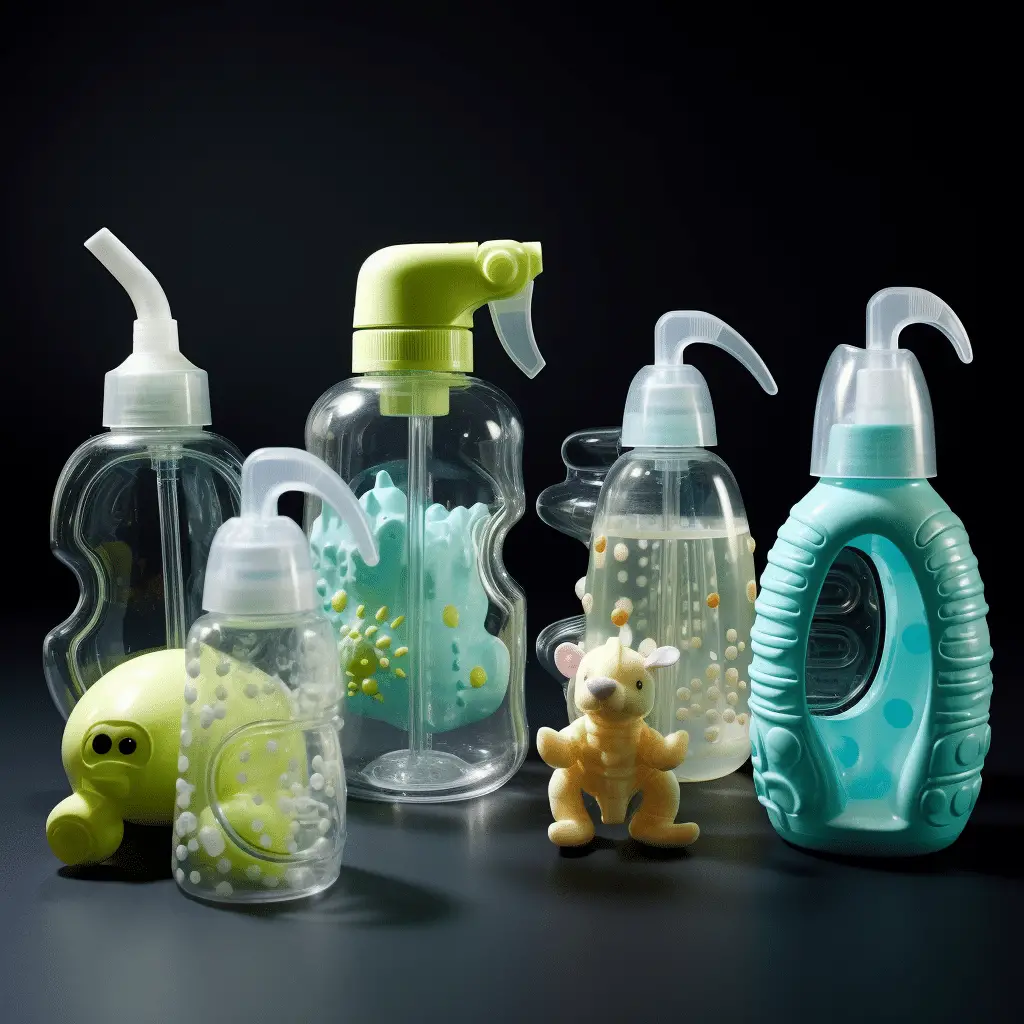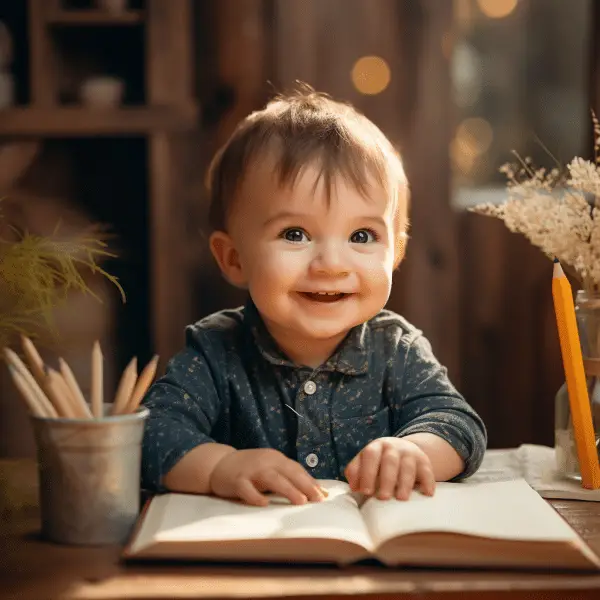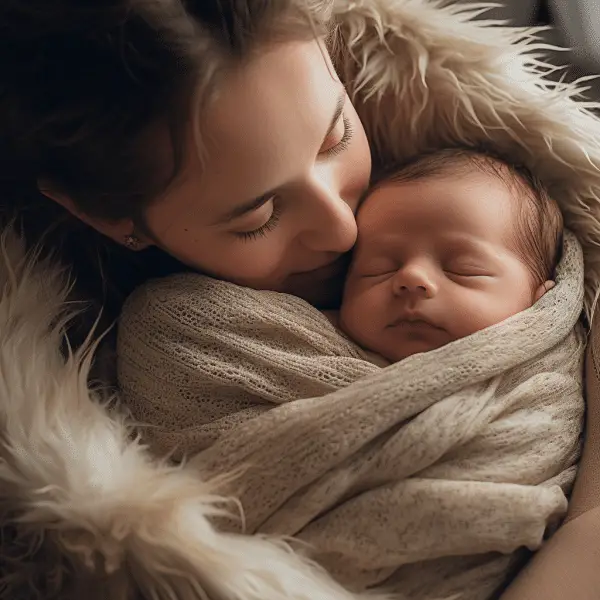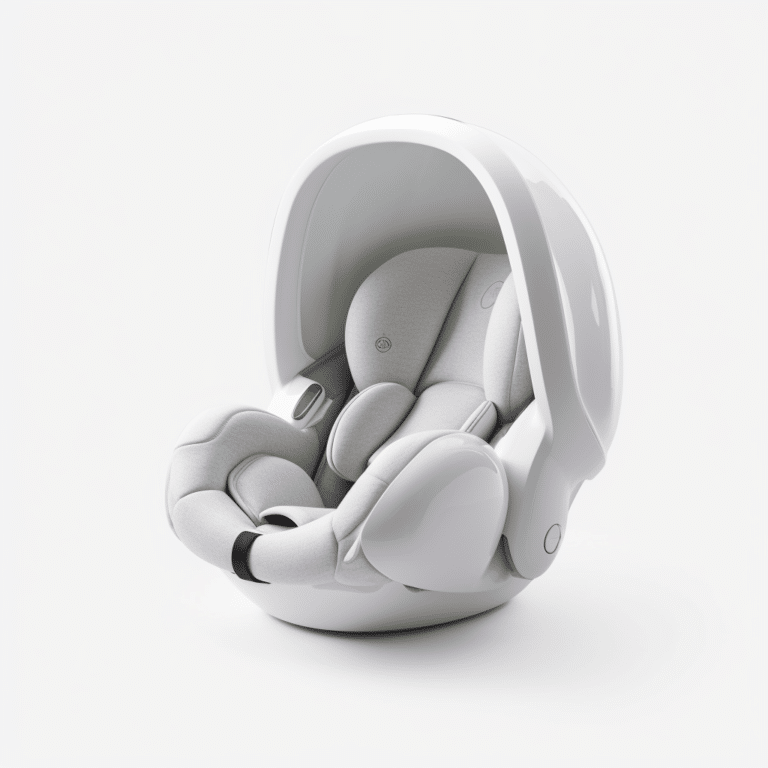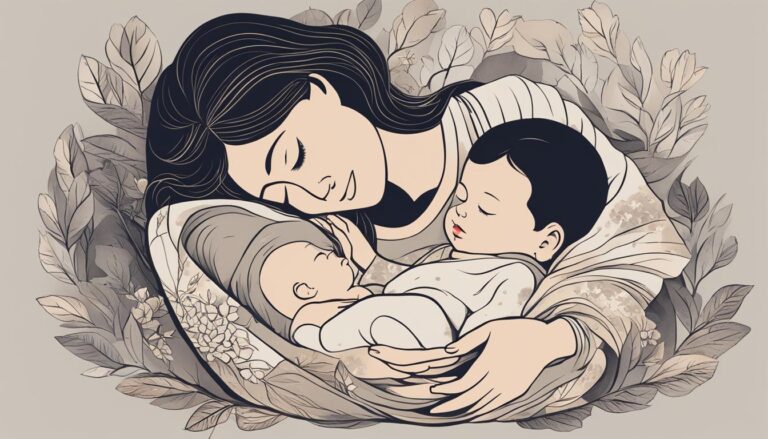Effective Cleaning and Sanitizing of Baby Bottles
Yes. You can use the same bottle for multiple feeding. However, it would be best to remember to clean the bottle after each feeding. If your infant does not finish a bottle within 2 hours, discard the remaining formula. This is because bacteria can multiply quickly if formula or breast milk is introduced to a bottle that had partially been used or if the bottle was just rinsed rather than cleaned after use.
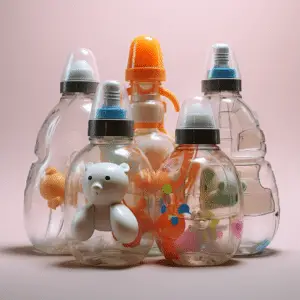
How Do You Clean Your Baby Feeding Bottles in a Dishwasher?
- Begin by disassembling all of the components of your baby’s feeding bottles.
- Hold all bottle pieces under running water to rinse them. The water can either be cold or hot.
- Fill the dishwasher with the bottle components. To avoid the small pieces ending up in the dishwasher filter, place them all in a mesh laundry bag or a closed-top basket.
- Use a hot water cycle and a heated drying cycle to clean your bottle parts. This will aid in the killing of bacteria.
- Take the bottle pieces out of the dishwasher. However, remember to wash your hands well using water and soap prior to removing and storing the cleaned bottle parts. If the bottle parts aren’t totally dry, air-dry them thoroughly on a clean, unused paper towel or dish towel before storing them in a dirt-free environment.
Can You Clean Your Infant Feeding Bottles By Hand?
You can clean your infant baby feeding bottles by hand. Below is a procedure on how this can be done:
- Start by washing your hands thoroughly with water and soap for twenty seconds.
- Separate all of the pieces of your baby feeding bottle.
- Under running water, rinse your baby bottle feeding parts. Do not put them in a sink. You can use cold or hot water.
- Put all of the bottle pieces in a clean basin or container only used to clean infant feeding items. The parts should not be washed in the sink since the sink may contain bacteria that could contaminate the bottle parts.
- Fill the basin or container with hot water and add soap.
- Using a clean brush explicitly used for cleaning infant feeding equipment, scrub the bottle components.
- To ensure that the nipple holes are clean, squeeze water through them.
- Rinse the components under running water again, or soak them fully in clean water in a separate container dedicated to washing infant feeding equipment.
- After rinsing them, place your bottle parts on a clean, unused paper towel or dishtowel in a dirt-free location. Allow for complete air drying. Do not dry the pieces with a dish towel because this may introduce germs to the parts.
- Finally, give your washbasin and brush a thorough rinsing before allowing them to air dry.
How Do You Clean Basins and Brushes Used To Wash Baby Feeding Bottles?
Basins and brushes used to wash your baby bottle parts can be washed by hand using soap and water or washed in the dishwasher if they are dishwasher-safe. They can be sanitized in three ways: soaking in a bleach solution, steaming, or boiling. If you prefer to steam them, be sure they fit in the steamer completely.
How Often Should You Sanitize Your Baby Feeding Bottles?
If your child was born prematurely, is younger than three months old, or has a weak immune system secondary to illnesses, sanitizing the feeding bottles daily is especially necessary. Daily sanitizing of feeding bottles might not be required for healthy older babies if those bottles are cleaned thoroughly after each use.
It’s also worth noting that a separate sanitizing step isn’t required if you clean your infant feeding bottles in a dishwasher with hot water and a heated drying cycle or on sanitizing mode.
For Added Protection, How Do You Sanitize Your Infant’s Feeding Bottles?
Sanitize your baby’s feeding bottles at least once a day to keep germs at bay. If your baby was born preterm, is less than three months old, or has a compromised immune system, sterilizing daily is especially crucial. However, daily sterilization of feeding bottles may not be necessary for older, healthy babies if those bottles are cleaned after each use.
To start sanitizing your baby’s feeding bottles, first ensure that all the bottles are dismantled and clean. Next, sanitize the objects using one of the ways below:
Boil
- Fill a pot halfway with water and add the dismantled feeding bottles
- Place the pot on a heat source and allow the contents in it to boil for five minutes
- Remove the bottle parts from the pot using tongs
Steam
Your disassembled bottle parts should be sanitized, cooled, and dried using a plug-in steam system or microwave and according to the manufacturer’s instructions.
Bleach
- Make a bleach solution with 2 tablespoons of unscented bleach per gallon of water in a clean washbasin.
- Submerge the bottle parts completely in this solution. Make sure the solution reaches all portions of the bottle and that there are no air bubbles.
- Squeeze the solution through the nipple holes to ensure that they are also sanitized
- Soak bottle parts for at least two minutes in the solution.
- Use tongs to remove the bottle parts. Do not rinse these parts since bacteria could return to the cleansed bottles if you do. Allow your bottle parts to air dry after sanitizing. Any lingering bleach will break down fast as the pieces dry and will not harm your baby.
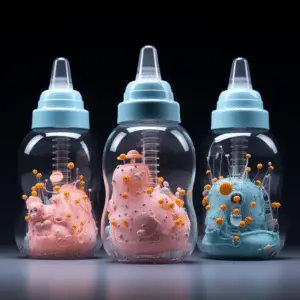
Why Should You Air-Dry Infant Feeding Bottle On a Clean Towel Instead of Using a Drying Rack?
Using a clean paper towel or dish towel to air dry an infant bottle is probably more hygienic than using a drying rack. Drying racks can retain moisture, encourage the growth of mold and germs, and are difficult to clean.
What is the Best Way to Store Infant Feeding Bottles?
To prevent bacteria and mold from forming in your feeding bottles, let them air dry completely before storing them. Next, reassemble the bottles and store them in a clean, protected area once they are completely dry to avoid contamination.
